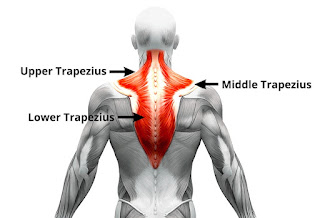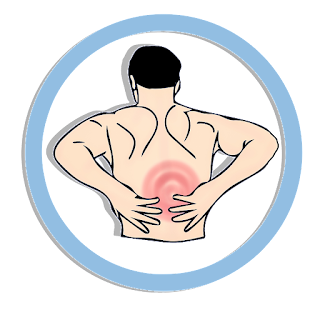ISOMETRICS FOR LEGS...WORKS VERY WELL!

Isometric exercises have shown to be a better form of exercise for physical rehabilitation compared to dynamic training, especially for increasing muscle mass. Here are 12 leg isometric exercises: 1. Wall Sit: - Lean against a wall with feet wider than shoulder width apart. - Lower yourself and bend your knees to a 90-degree angle. - Ensure knees and hips align with your toes. - Stabilize your body by gripping the floor with your feet and resting your head and upper body against the wall. - Hold the position for 30-60 seconds, engaging your muscles. 2. Hamstring Hold: - Sit with legs stretched out in front of you. - Flex your foot, pointing toes towards the ceiling while keeping your heel on the ground. - Lift your hips off the floor. - Engage your core and press your glutes and the back of your legs into the ground. - Hold for a few seconds and then lower back down. 3. Calf Raises: - Stand with feet shoulder-width apart. - For an added challenge





